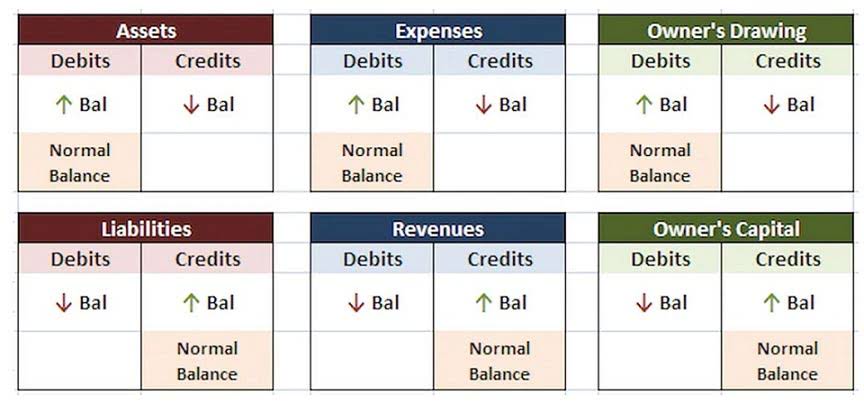
Your after-tax income gives you a clearer, more realistic picture of your financial status, enabling better budgeting and financial planning. A company with negative net income–or losses–can also be because it’s a start-up firm, which may see years before the company turns a profit. Instead of watching net income, investors monitor revenue growth to determine if the company has the potential to eventually be profitable.
Investing in a 401(k) plan or individual retirement account (IRA) is often done with before- or after-tax contributions. Many investors pay into 401(k)s and traditional IRAs with pre-tax dollars, which helps to lower their taxable income. Thus, Roth IRAs are not taxed at the time of withdrawal, because the tax was paid before the Roth IRA was funded. Because it gauges a company’s profitability without taking into consideration its capital structure, the AOTI is significant (debt to equity).
Finish Your Free Account Setup
Also, remember that appreciation is not taxable until it is reduced to proceeds received in a sale or disposition of an underlying investment. Medicare contributions and Social Security payments are calculated on the difference after these deductions are taken from the gross salary amount. However, if the employee makes after-tax contributions to a retirement account, the employer applies taxes to the employee’s gross pay and then subtracts the retirement contributions from that amount. The term modified adjusted gross income (MAGI) refers to an individual’s adjusted gross income (AGI) after taking into account certain allowable deductions and tax penalties. Also known as payroll tax, FICA refers to Social Security tax and Medicare tax.

EBIT is essentially net income with tax costs subtracted to determine a company’s total profitability from all sources, including operations, investments, etc. After-tax operating income does not include any income from investments, like interest income, dividends, etc., whereas EBIT does. Net income after taxes is one of the most analyzed figures on a company’s financial statements. The amount recorded provides an indication of the profitability of a company, which determines whether the firm can compensate its investors and shareholders through dividends and share buybacks. Dividends are rewards–usually in cash–paid to shareholders while buybacks are share repurchases by a company. Let’s assume an individual in San Francisco makes an annual salary of $75,000.
Legal Tax Havens
On the downside, the post-tax option means a smaller paycheck with every contribution into the account. The pre-tax or traditional option reduces the saver’s taxes owed for the year the contributions are made, and it is a smaller hit to current income. To put it simply, after-tax income is essentially total income minus total taxes. For corporations, the after-tax income allows for a more accurate projection of cash flows because it provides a true indicator of the cash available for spending. When analyzing or forecasting personal or corporate cash flows, it is essential to use an estimated after-tax net cash projection.
After-Tax Income is important because it represents the actual income available to an individual or a business for spending, saving, or investing. It gives a more accurate picture of financial health than gross income because it takes into account the impact of taxes. Some individuals and businesses choose to incorporate or move after tax income definition abroad to countries with lower tax rates. While this can be a complex and drastic measure, it can potentially lead to significant tax savings. After-tax contributions to retirement accounts are made from income that has already been taxed. The benefits come at the time of withdrawal, where typically, only the gains are taxed.
Capital Gains
You discretionary income is the amount you have available after paying for necessary expenses, or money available to budget. Discretionary income may also be calculated for student financial aid using your income and a poverty guideline. After-Tax Income represents the actual income available for discretionary spending. It’s a more accurate reflection of what someone can afford to spend than gross income. Figure out how to calculate your take-home pay, using information about your tax situation and payroll deductions.
It is only the operating profit (or loss) made by a business after accounting for taxes. It is actually profits before interest and taxes (EBIT), with the effective tax rate taken into account. After-tax operating income (ATOI) is the total operating income after taxes of a corporation.
